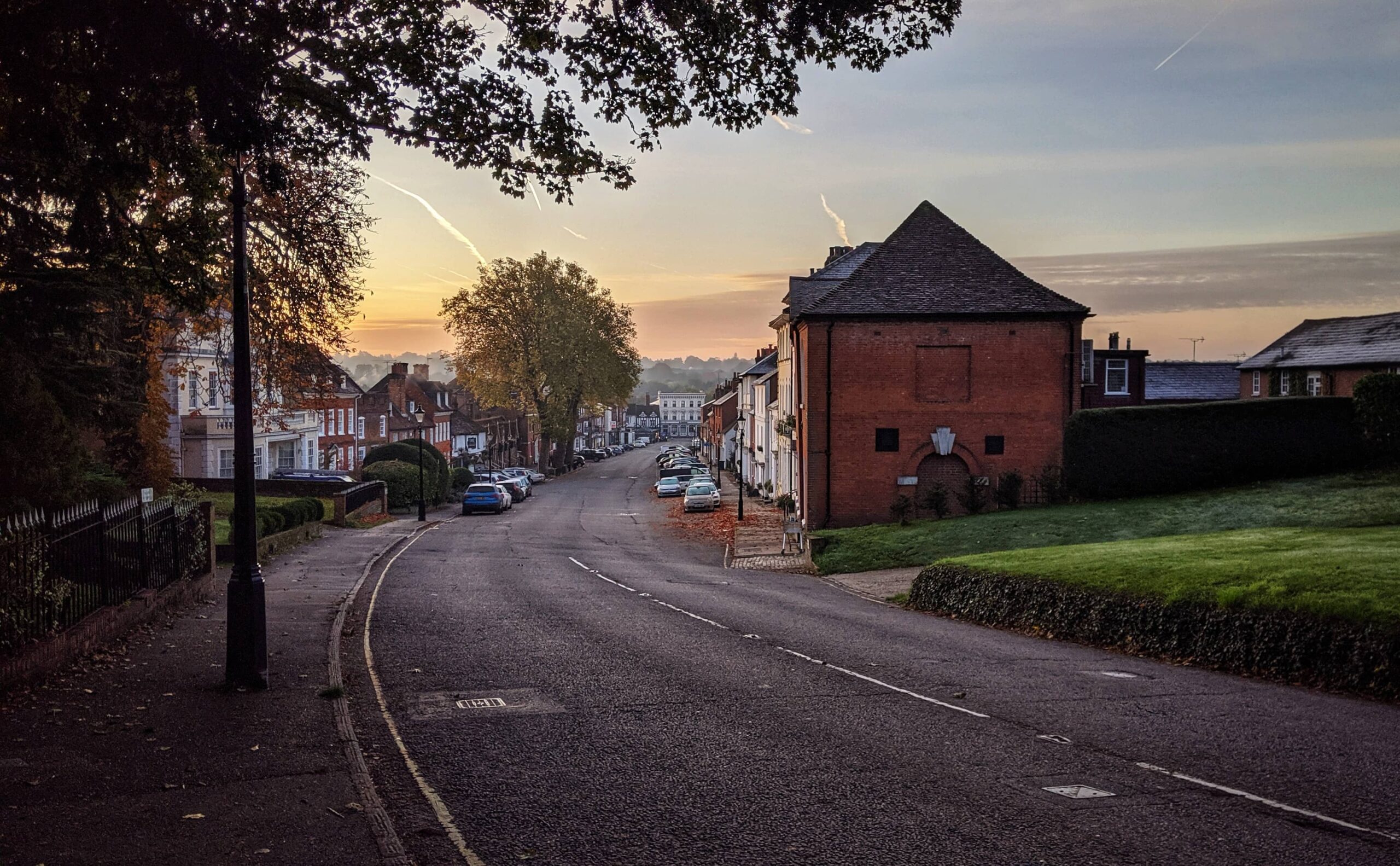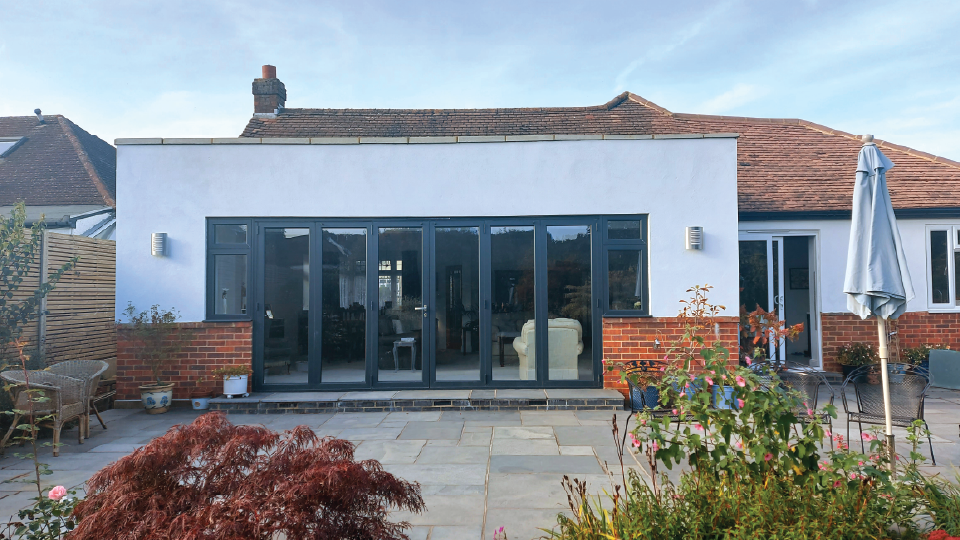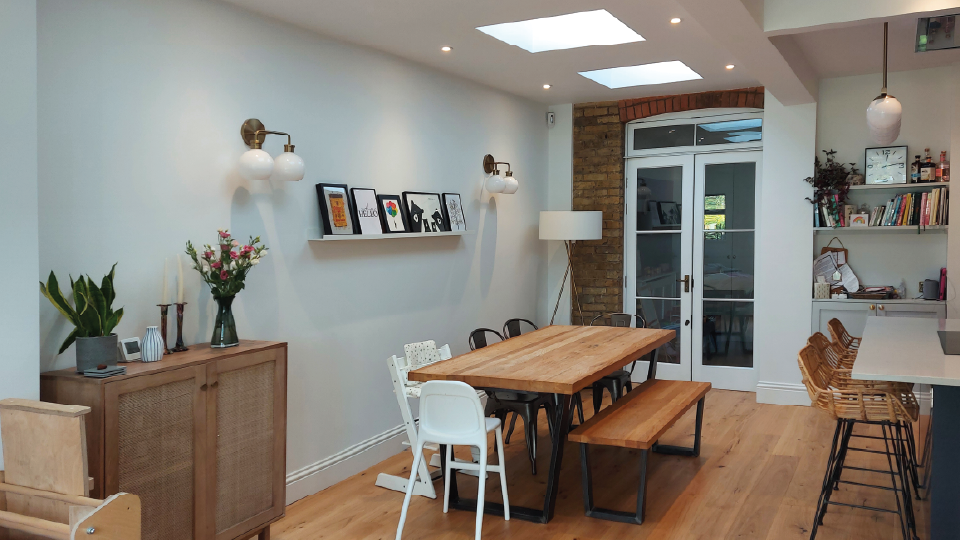5 intriguing ways remote working has changed our homes
2020 was an unprecedented year in so many different ways. Of course, everyone’s daily lives were changed by the coronavirus pandemic that affected almost every area of our society, from the people we see to the places we go. As a result of this, the idea of working from home took off in a big way. Back in March 2020, many people started working remotely almost overnight, without ever having done so before. Now, one year on, as we are firmly into 2021, home working is no longer a new concept, but it looks like it is here to stay for many people, to the benefit of both employees and employers. Plenty of companies have decided to downsize their offices, or get rid of them completely, helping them to cut costs. And, many workers like the freedoms and better work life balance that remote working often gives. Sure, there are both benefits and drawbacks to working remotely, and it’s not for everyone. But, how has it affected our homes and the way we live in them?
In today’s blog post, we’ll be taking a look at 5 intriguing ways remote working has changed our homes, in both a predictable and unpredictable manner. In a short space of time, many people went from commuting long distances and perhaps only being at home for a few hours a day, to spending almost every minute of their working day in the same room. It’s natural that this new way of living and working will have impacted upon the way we view and use our homes. From carving out office space to where people are choosing to live, let’s take a closer look at just a few of the ways remote working has impacted upon our homes so far:
What are the intriguing ways remote working has changed our homes?
1. People are getting creative with ‘office’ space
Some people are lucky enough to have a dedicated office room where they can work from home in relative peace and ease. However, this isn’t the reality for lots of people, leading to them getting creative to set up their remote working stations. At the beginning of the pandemic, when mass home working was still a relatively new concept, you probably saw all of the social media posts such as the one below, about people making desks out of anything they could find, including laundry hampers, ironing boards, nightstands, and even bins!
But, as it became clear that remote working was going to be a thing for the foreseeable future, people had to try and come up with some more permanent solutions without the luxury of a dedicated office space. Some common ideas included sectioning off part of an existing room in clever ways to create a dedicated work space. This can be done in a range of ways, from using a rug to mark off a designated space, to sectioning it off with screens or even half walls. And, one of the most intriguing ways remote working has changed our homes is the rise of the garden office. Many people have converted existing sheds into the perfect office space, or invested in a new structure to put at the bottom of the garden. This is the ideal solution, as it offers a dedicated work space and also means you’re not stuck inside the house 24/7. You can even ‘commute’ down the garden path! As remote working continues to be a part of many people’s daily lives, we predict that more people will be looking to make permanent changes to their homes, from garden offices to extensions allowing them to add an extra office room.
Can we do a WFH workspace setup thread, unglamorous edition?
My partner and I are both working from our studio apartment. My setup is a chair in front of the front door and my desk is our clothes hamper. pic.twitter.com/5rVaqgkjjw
— Jules Forrest (@julesforrest) March 13, 2020
2. Open plan living is falling out of favour
The concept of open plan living, where rooms that once would have been separate are incorporated into the same living space, has long been the most popular option for those looking to remodel, extend, or build their own homes. Many people enjoy the flexibility it gives, and the family friendly nature of having your cooking, dining, and living space all within one line of sight. However, another one of the most intriguing ways remote working has changed our homes is it seems as though this open plan concept is somewhat falling out of favour. As people spend all of their time, day in, day out, in their homes, they are starting to crave a degree of separation between their living and working spaces. So, a growing trend is to have less of an open plan space and instead to separate off areas such as the kitchen, dining room, living room, and office space from each other to create a home that has very distinct sections for different activities and times of the day.
3. Property developers are taking remote working on board
New build homes are all the rage in the UK at the moment, with more and more people choosing to opt for them over older or more traditionally styled homes. People like the convenience of not having to decorate, and the customisation that comes from being able to choose your own kitchen, bathroom, flooring, and so on, before they move in. However, not everyone is a fan of new builds, with many people citing their small room sizes and lack of character as big turn offs when looking for a new home. However, one of the most intriguing ways remote working has changed our homes comes when looking at new homes up for sale. Many developers are all too aware of the trend for home working, and so are looking at clever ways to implement remote working-friendly features into their designs. As a result, expect to see more and more new build homes with a dedicated office room as this becomes a feature that lots of families are looking for in a home. And, where there’s no space for a dedicated room, we predict that office nooks or ‘cloffices’ (closet offices) will become more and more common for new build homes of all sizes.
4. Where we live is changing
When being in the office five days a week was the norm, many people were desperate to live closer to the city centre. This was so they could be closer to their offices, meaning less commuting time and ultimately, more time spent at home. The result of this was high property prices in cities, with many people opting for smaller homes in order to be closer to their place of work. But, things are starting to change. Many people only have to go into the office once or twice a week, and sometimes not at all. As a result of this, plenty of them are starting to see the attraction of moving out of the city centre and into the suburbs. Yes, the commute is longer, but they don’t have to do it as often, so this is becoming less of an issue. And, in the suburbs, property prices are cheaper. You can get more for your money, whether renting or buying, so you can enjoy the luxuries of more space both outside and in! There also tends to be less noise pollution, more green spaces, and a greater sense of community, which are all benefits that more people are starting to take advantage of. Currently, it’s a bit too early to tell what sort of impact this is having on property throughout the country. But, many experts are suggesting that inner city house prices may start to fall, as people move out en-masse in search of a more spacious, peaceful life with all of the benefits that suburban living can bring.

More and more people in the UK are choosing to make the move out of the city
5. Homeowners are looking to buy for the long haul
Everyone knows that house prices have risen immensely over the last few decades. This means that many people, especially those in the younger generations, are left desperate to get on the property ladder, but without the funds to buy the home of their dreams. So, recently, it has been a trend for first time buyers to get on the ladder in any way they can, usually by buying a smaller home that they then move out of just a few years down the line. However, this is another of the intriguing ways remote working has changed our homes. As people are moving out to cheaper areas, saving money by not commuting, and looking for office space, more first time home buyers are now looking to buy larger properties to live in for the long haul. In fact, we predict that this will be a growing trend in the years to come as cheaper areas with larger homes become a more attractive option to a generation of remote workers.
Conclusion to the intriguing ways remote working has changed our homes
There is barely an area of life that hasn’t been touched by the Coronavirus pandemic, and our working lives are no exception. As returning to the office full-time doesn’t look like it’s on the horizon for many people, where we choose to live and how we go about living in our homes will undoubtedly change. Of course, it is currently too early to tell just how much of an impact the rise of remote working will have on our lives and our homes. But, there are already some clear trends and changes that show us that the way we live in our homes will undoubtedly change for good.
RECENT PROJECTS
At Greenway Associates, we have completed over 2,000 architectural design projects





